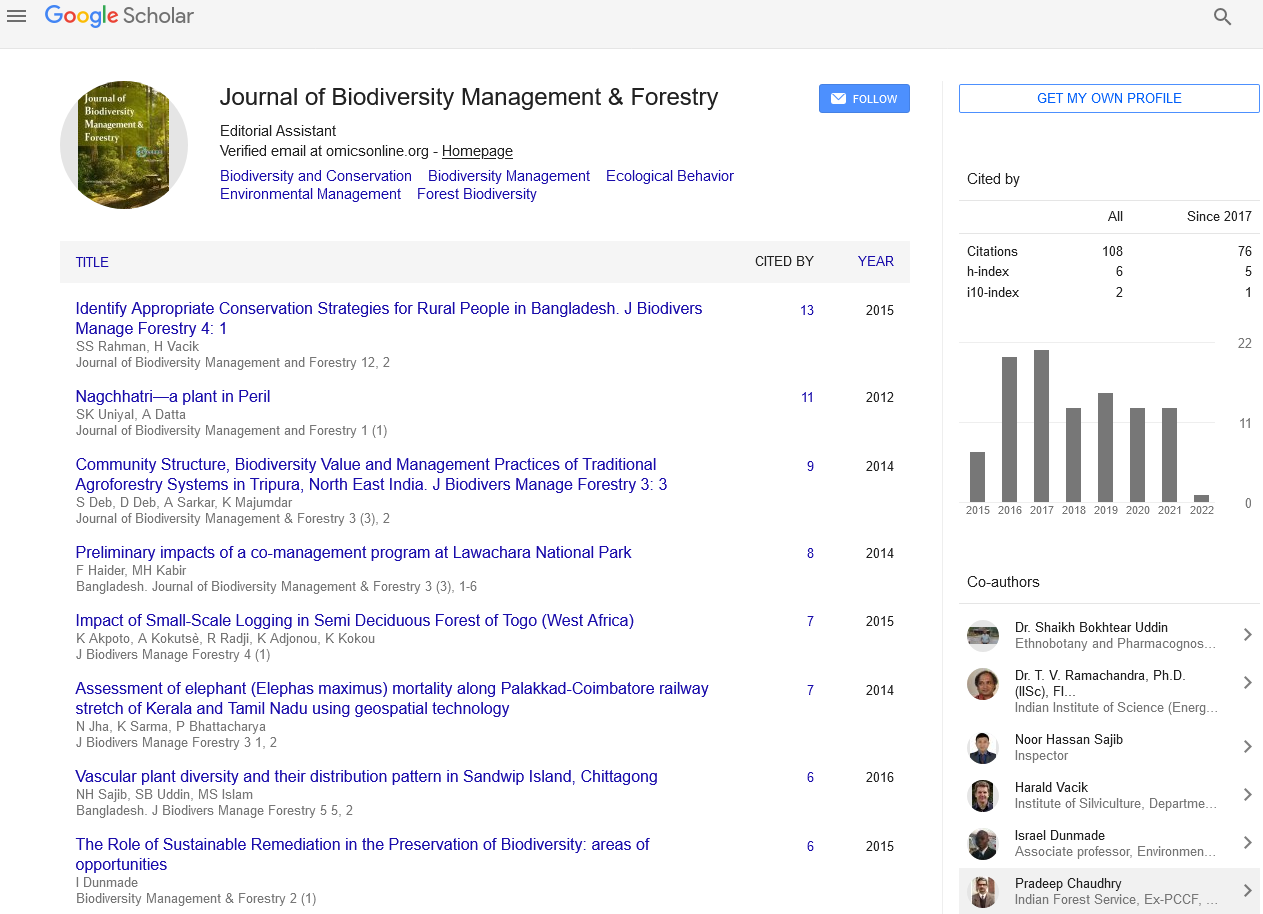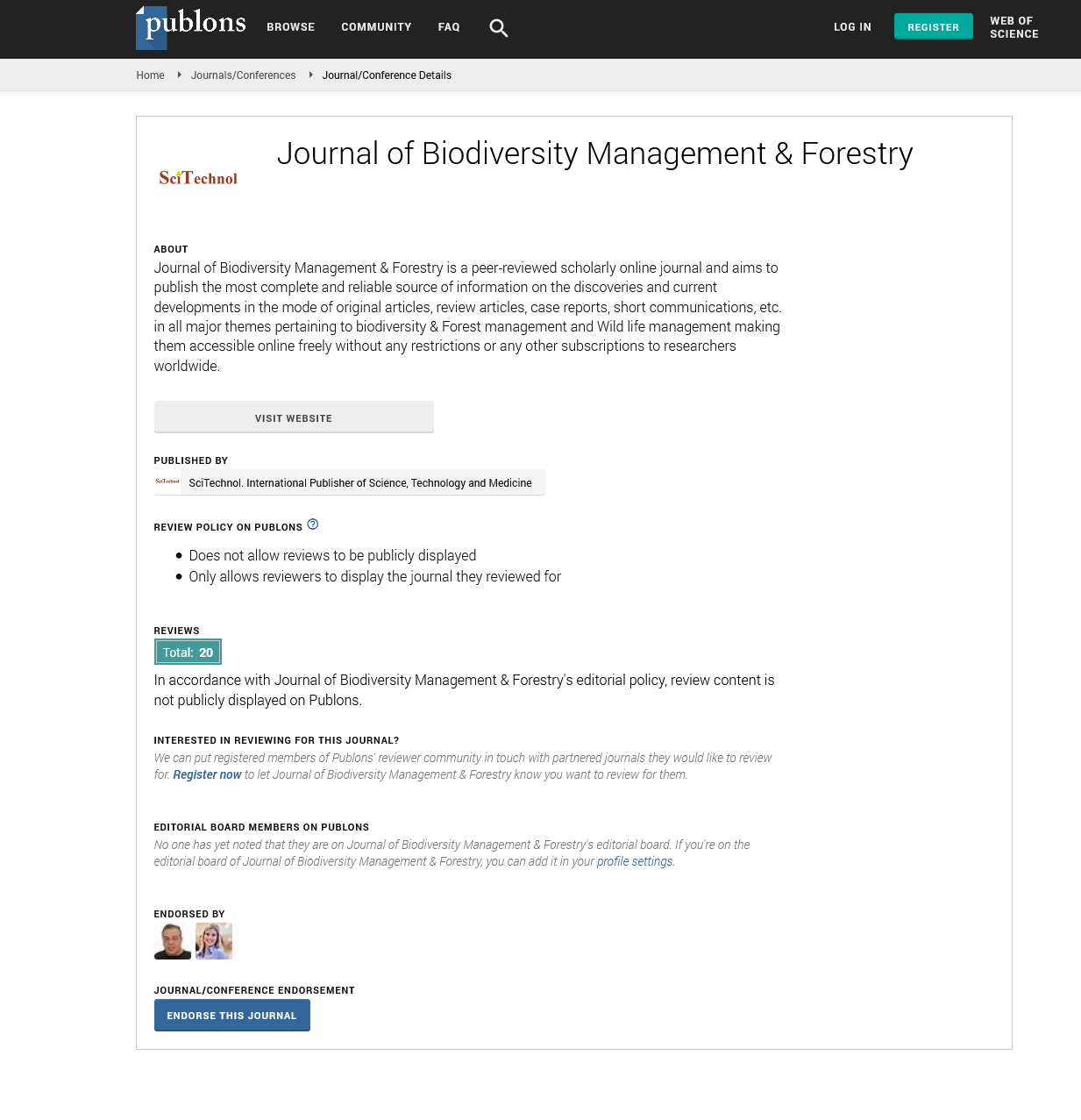Strategic communication of impact for social sector & businesses
Smruti Sweta Samantray
National Law University, India
: J Biodivers Manage Forestry
Abstract
Strategic communication of impact for the social sector and businesses is vital. In an increasingly interconnected world, the alignment of corporate and social goals through transparent communication can drive both economic success and societal progress. The social sector, encompassing ngos, non-profits, and community organizations, aims to address societal challenges and foster positive change. For these entities, effective communication is not just about awareness but about creating a deeper understanding and connection with their Stakeholders. Transparent reporting on impact helps build trust, attract funding, and mobilize Community support. It allows donors, volunteers, and beneficiaries to see the tangible outcomes of their contributions, fostering a sense of ownership and partnership. This study aims to provide valuable insights into the effectiveness of impact communication, contributing to the development of evidence-based communication strategies for social change initiatives. It anchors on literature reviews, case studies, interviews, and more. In the business world, Impact communication strategies vary across industries and sectors, tailored to specific goals, audiences, and contexts. In the Healthcare and Pharmaceuticals industry, strategies like Patient testimonials, influencer partnerships, social media campaigns, and educational content work in favour as here some of the goals are patient engagement, disease awareness, and health promotion. In the Environmental and Conservation sector, strategies like Emotional storytelling, visual imagery, social media activism, and collaborations with eco-influencers work. E.g., WWF's "Last Selfie" campaign and The Nature Conservancy's "Last Fisherman" documentary. Similarly, in the Education and Non-Profit sector, the goals are Fundraising, awareness, volunteer engagement, strategies like Compelling storytelling, donor recognition, social media challenges, and event-based fundraising work One of the key challenges in impact communication is ensuring authenticity and avoiding "green washing," where organizations overstate their positive contributions. Both social sector entities and businesses must substantiate their claims with reliable data and measurable Results. Storytelling is a powerful tool in this context, transforming abstract data into compelling narratives that emotionally engage audiences. Digital platforms and social media have transformed how impact is communicated, offering unparalleled opportunities to reach diverse audiences, engage in real-time dialogue, and showcase impact through multimedia. However, these platforms also demand greater transparency and responsiveness, as stakeholders can easily verify and scrutinize claims. Strategic communication of impact is indispensable for both the social sector and businesses. It not only builds trust and credibility, but also drives engagement, funding, and long-term success. Balancing transparency, authenticity, and effective storytelling is key to conveying meaningful impact in today's dynamic communication landscape.
Biography
Smruti Sweta Samantray is a distinguished expert in strategic communication with a focus on impact for the social sector and businesses. As a prominent academic affiliated with the National Law University in India, she has dedicated her career to exploring how strategic communication can drive meaningful change, addressing critical issues at the intersection of social responsibility and corporate engagement.
 Spanish
Spanish  Chinese
Chinese  Russian
Russian  German
German  French
French  Japanese
Japanese  Portuguese
Portuguese  Hindi
Hindi 
